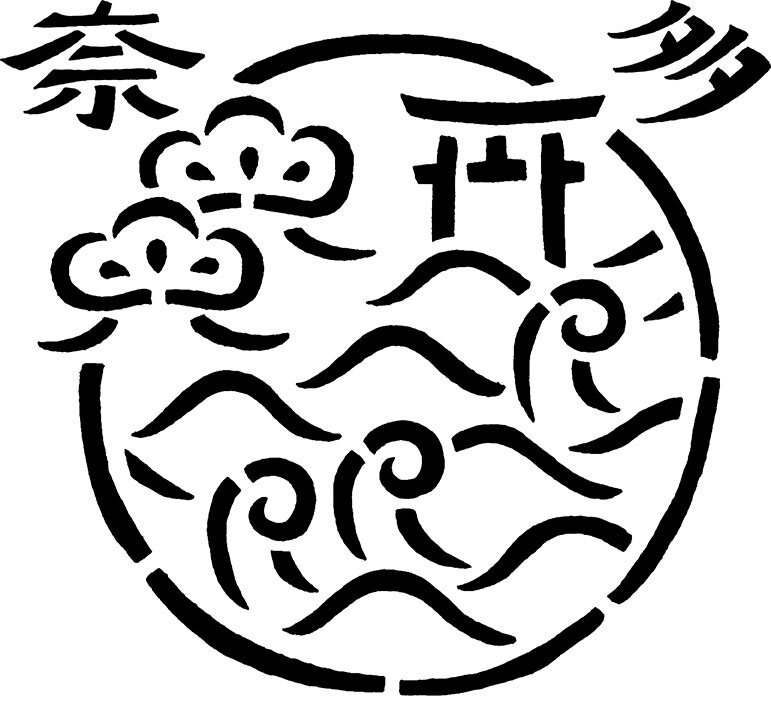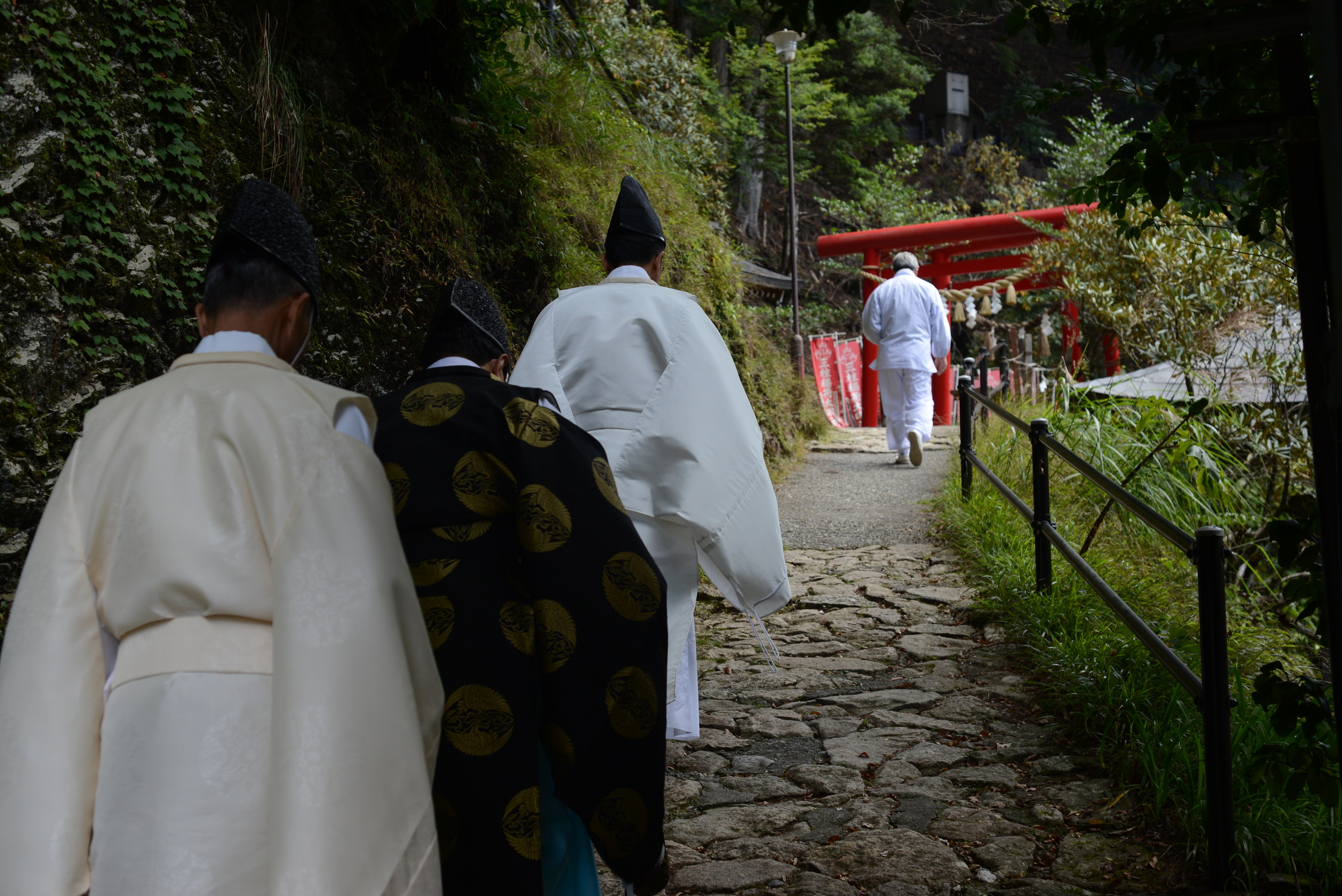
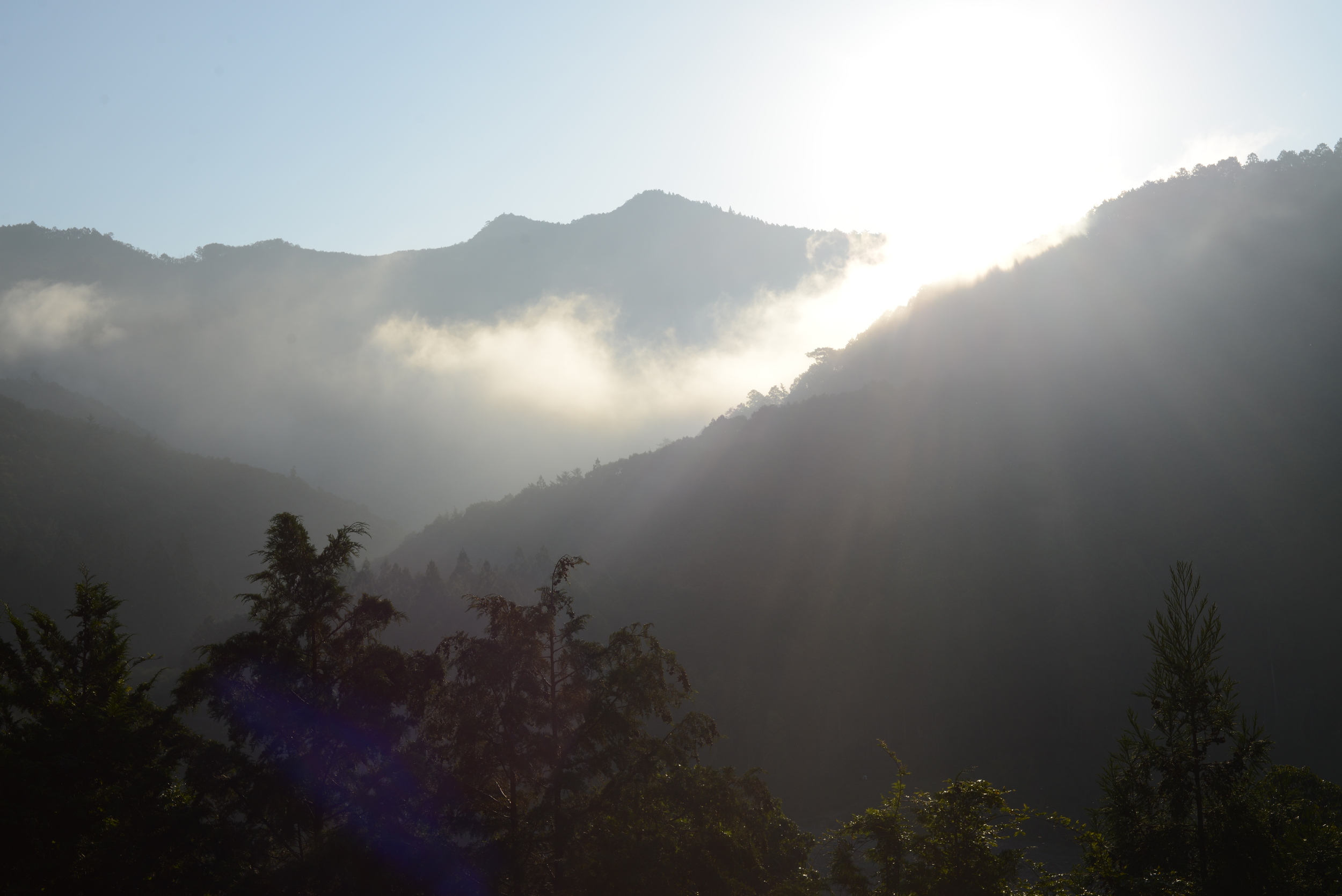
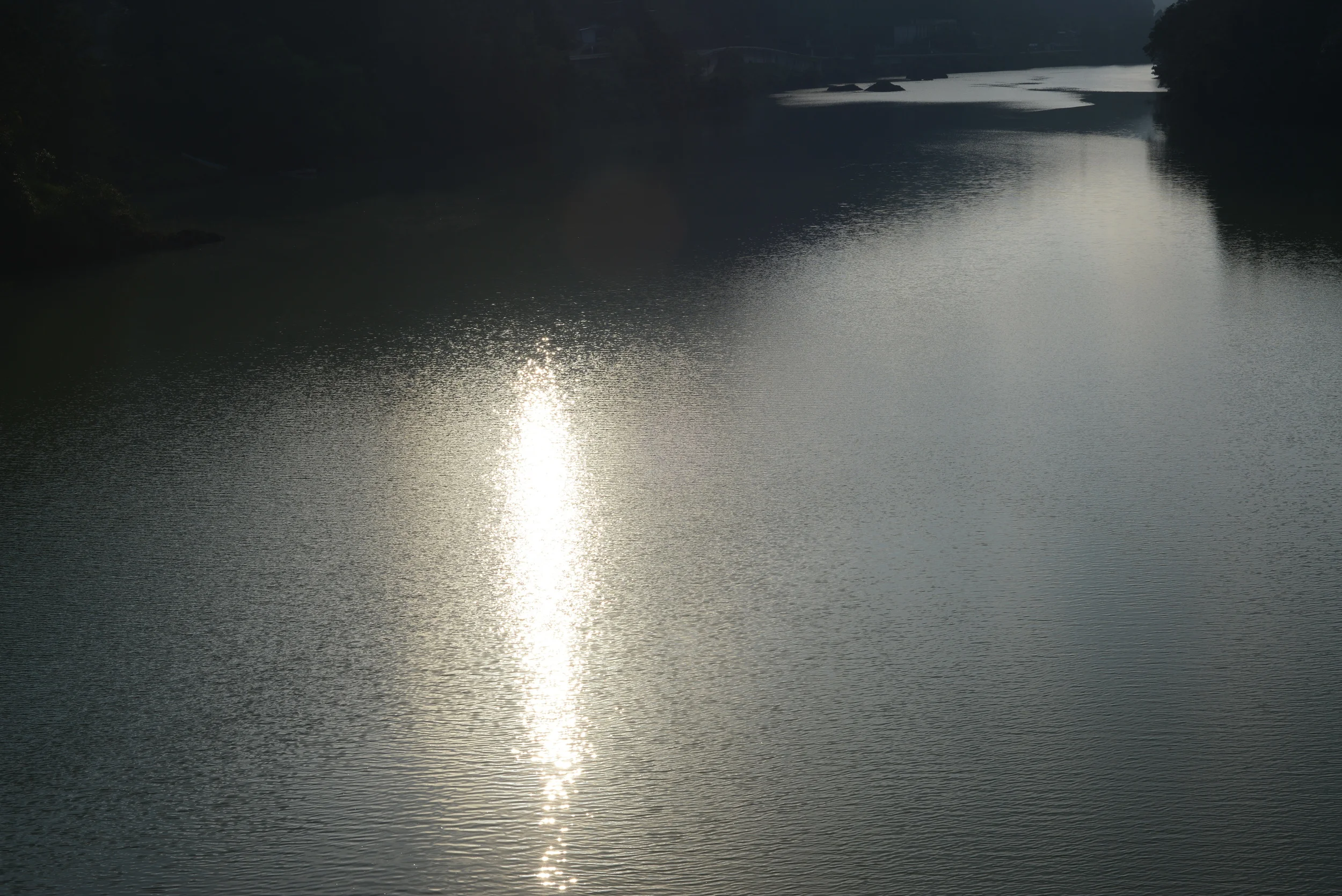
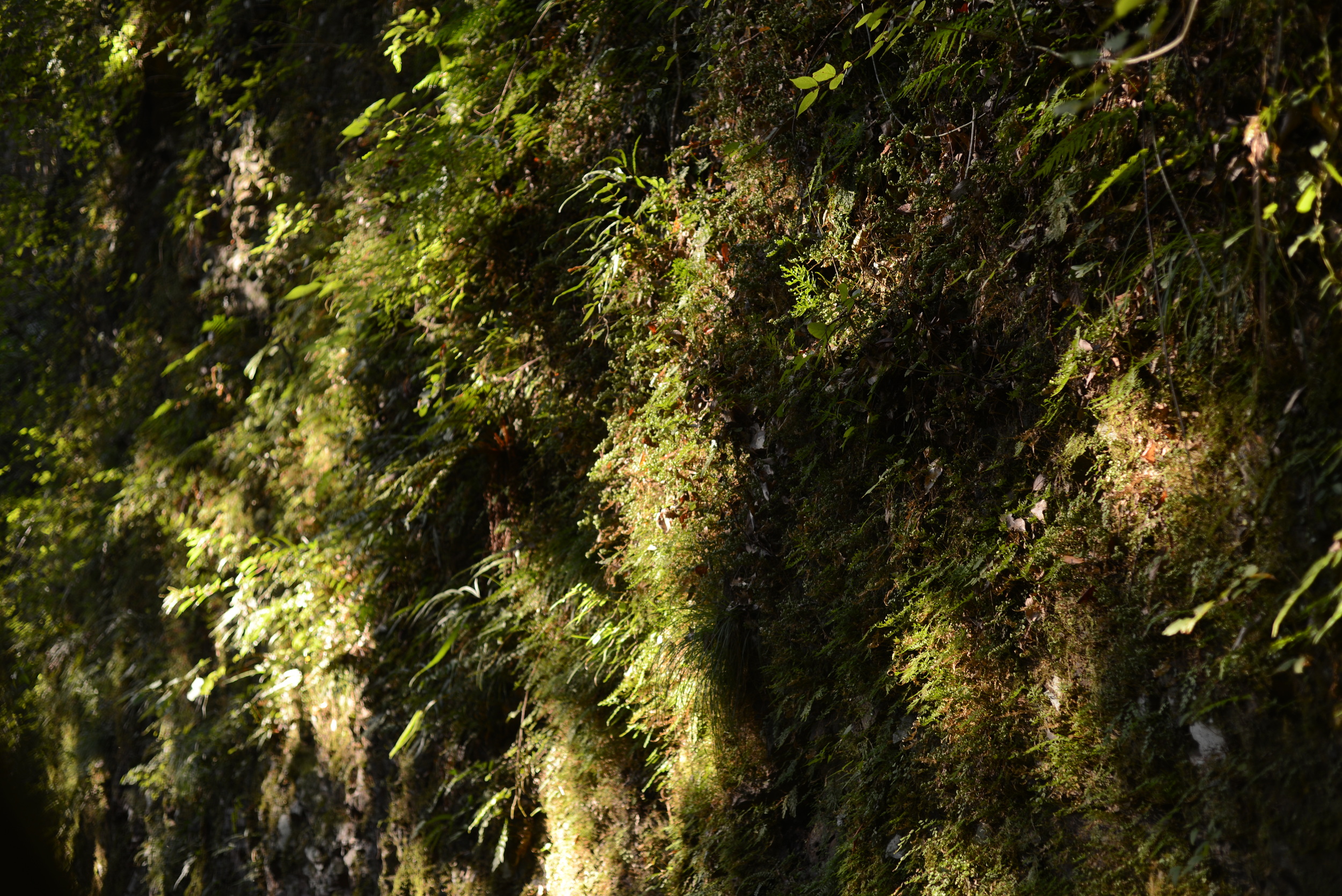
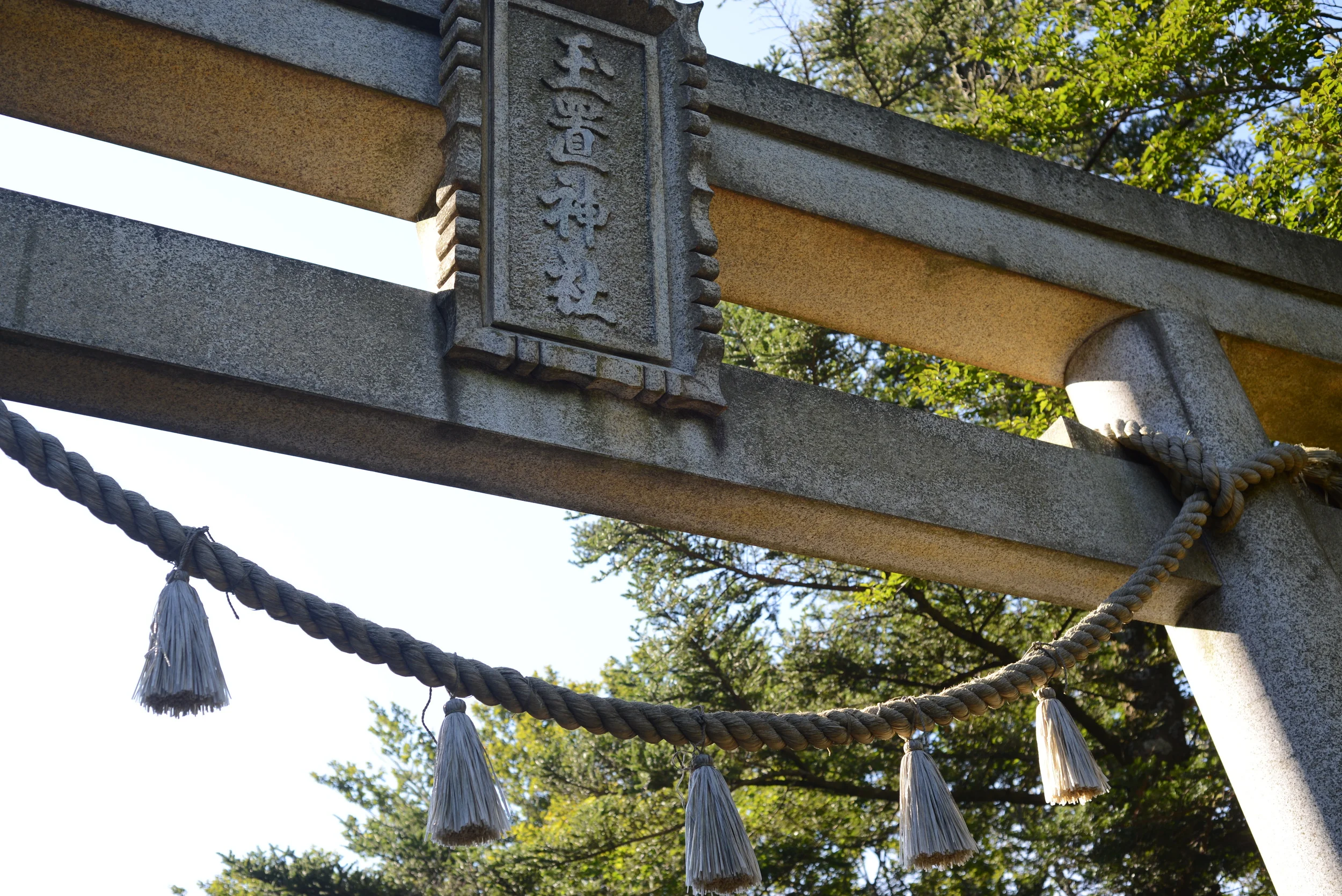
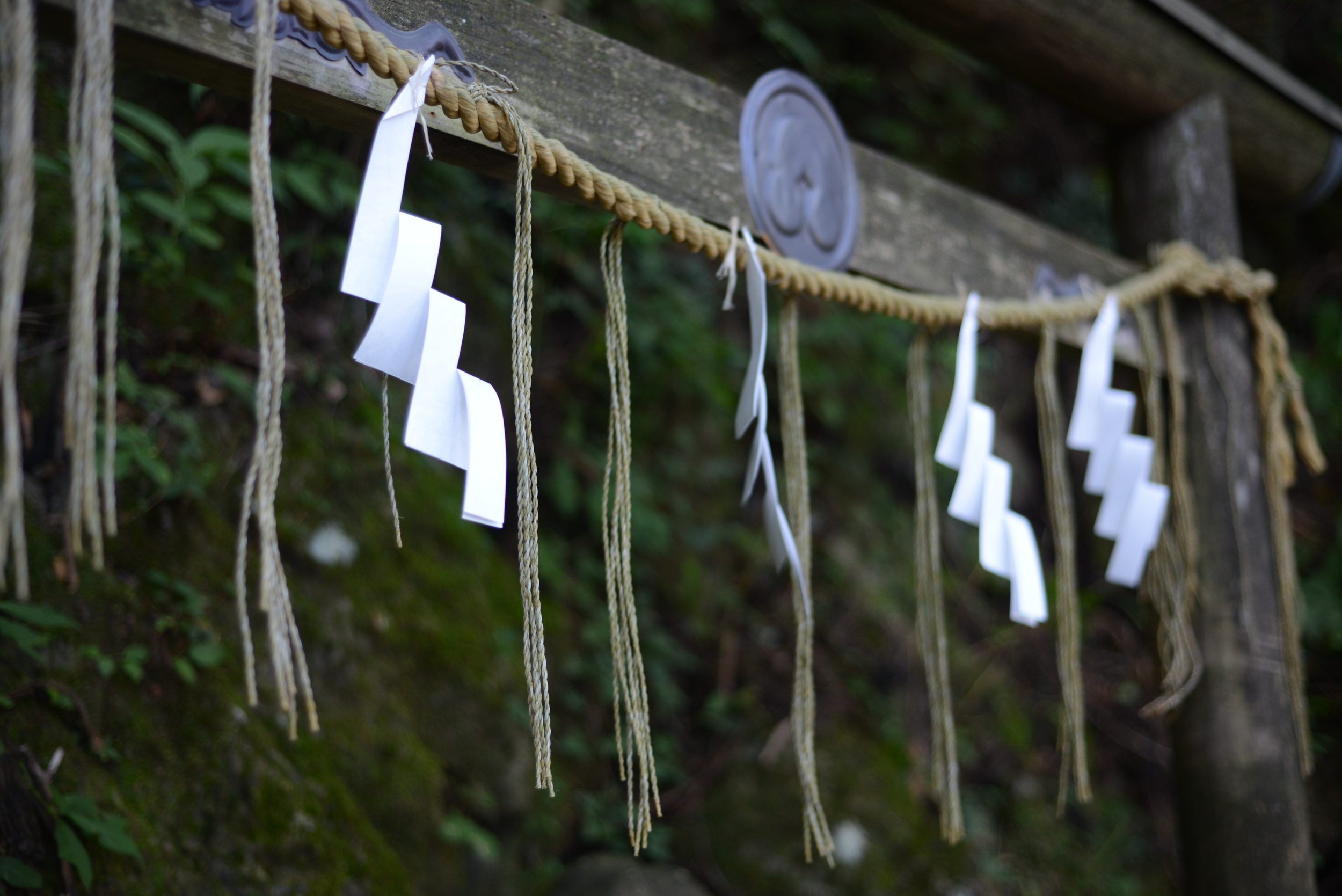
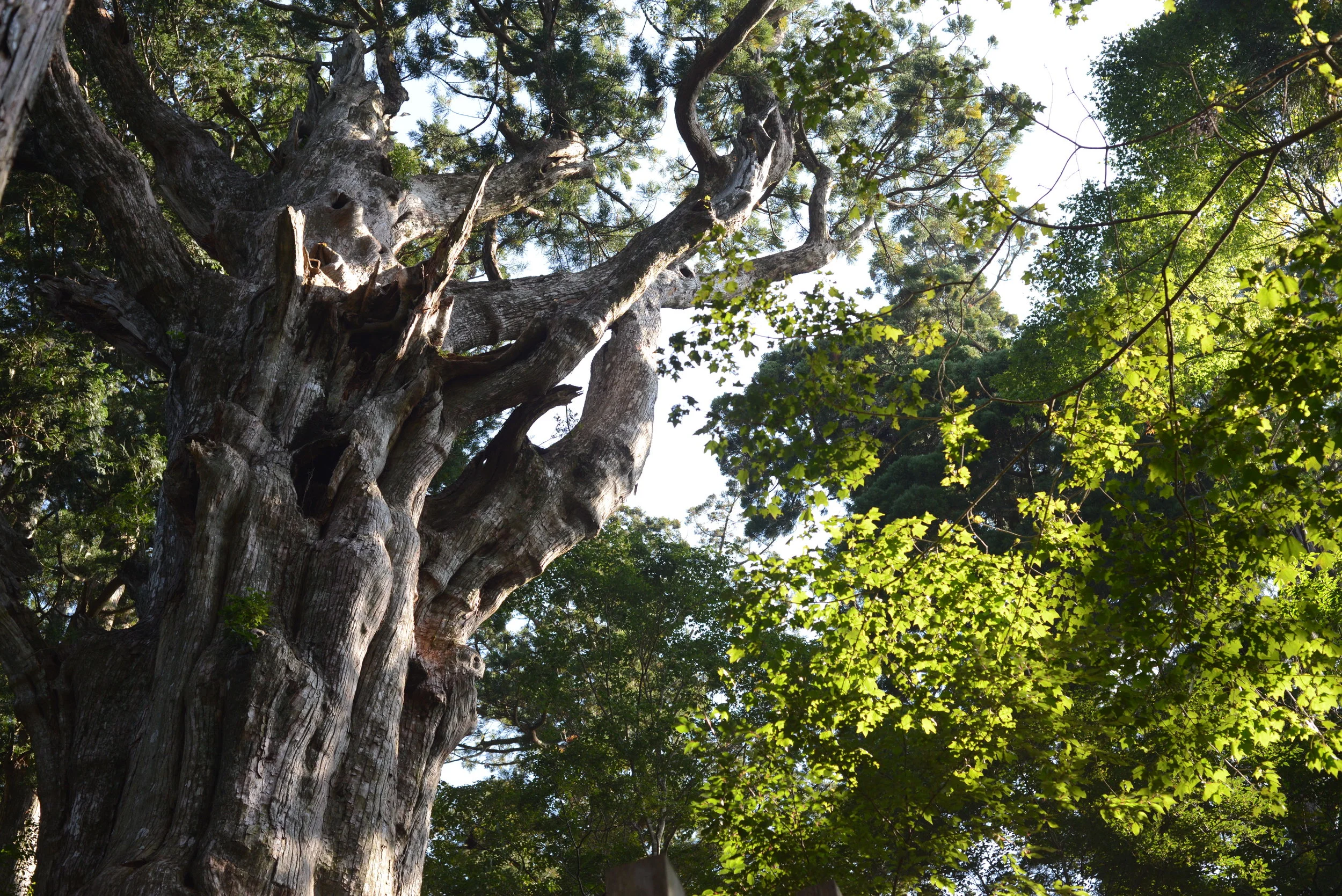
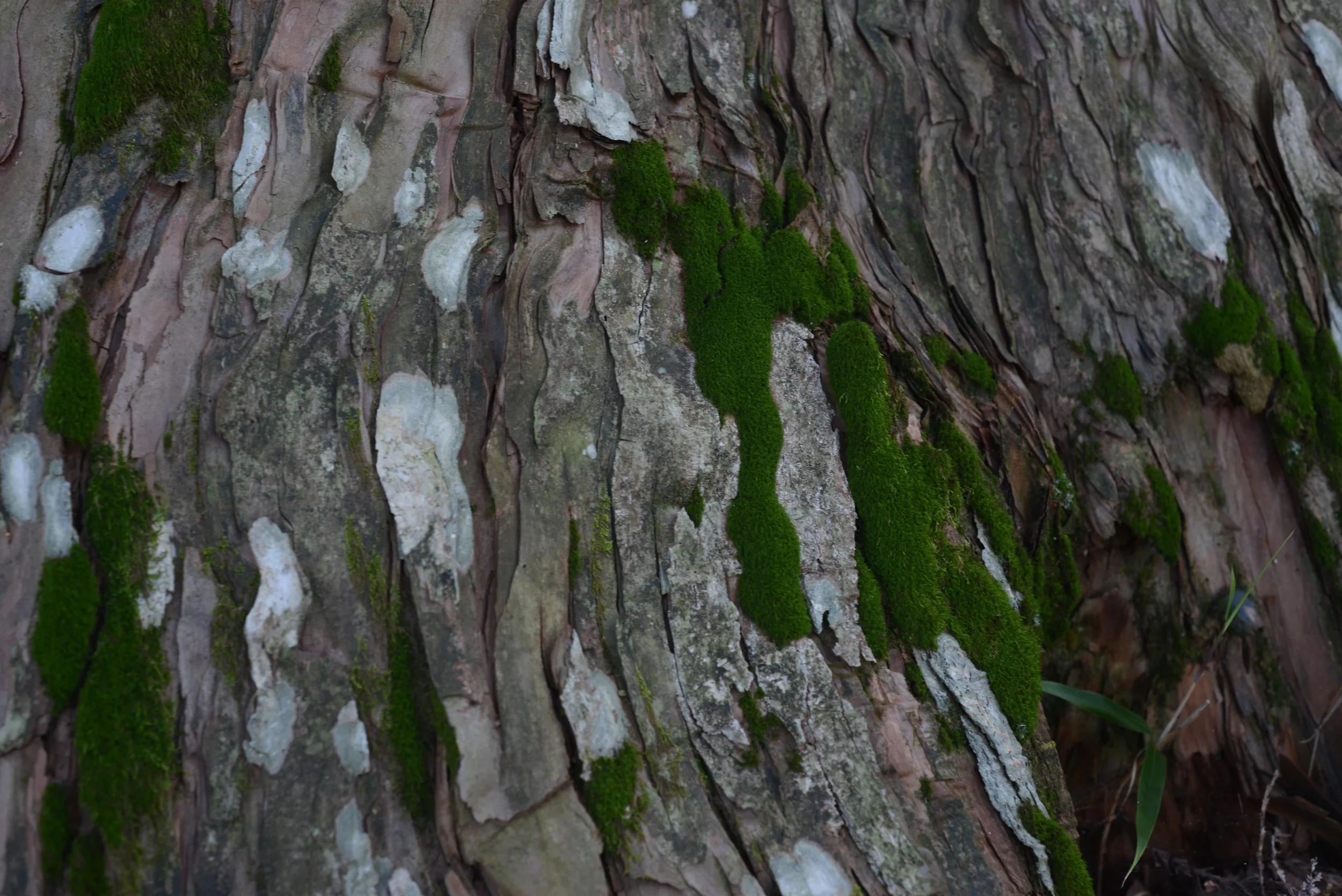
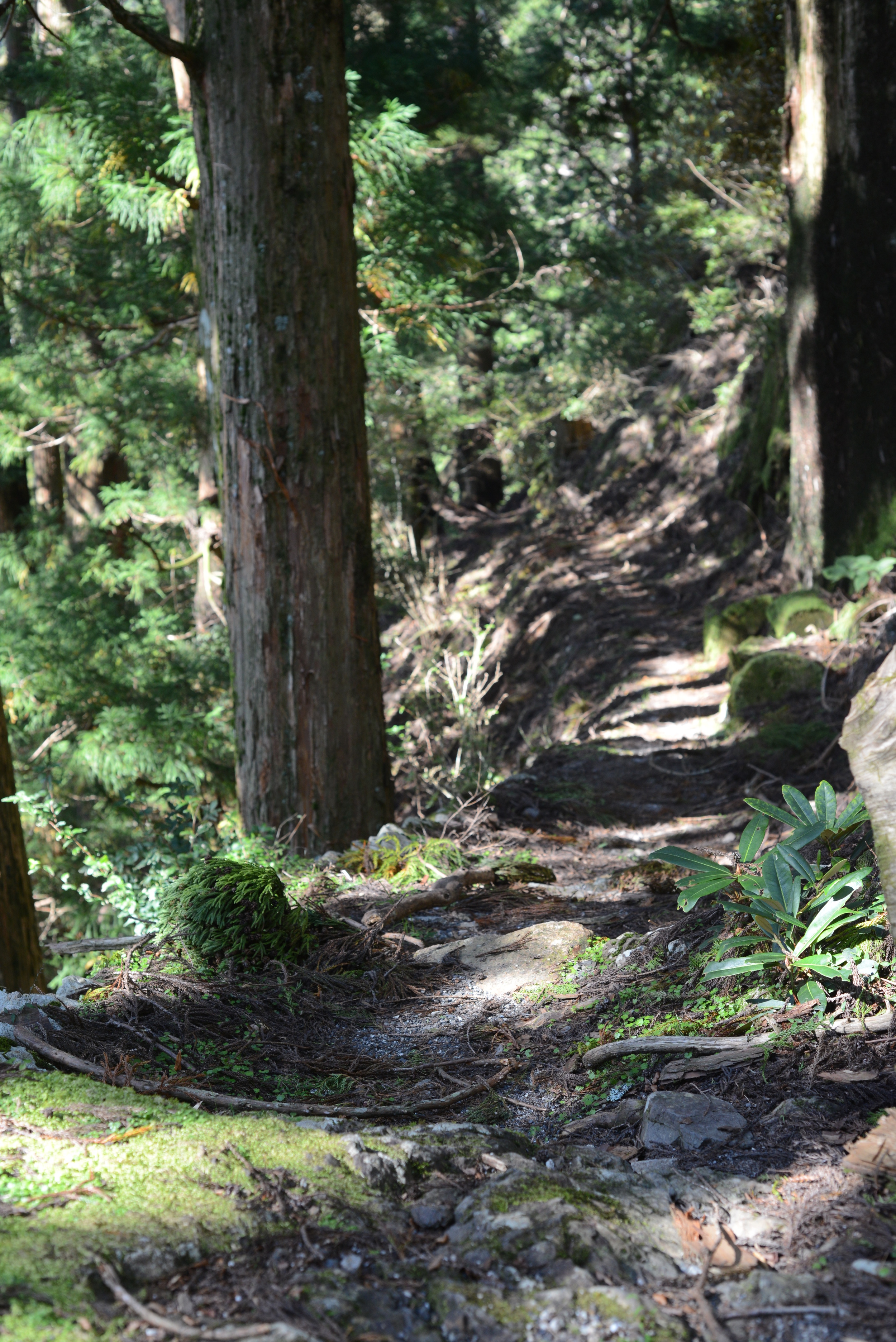
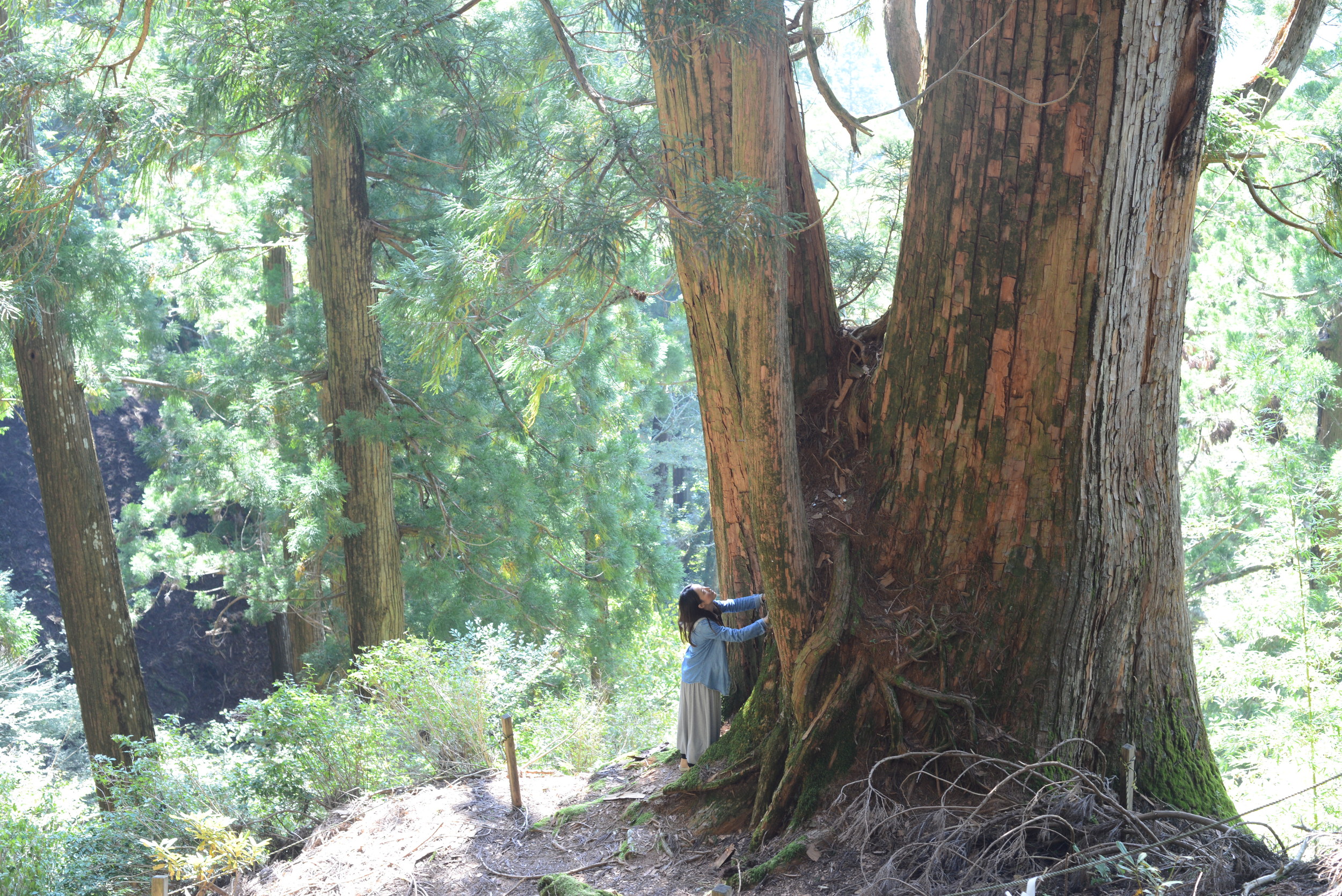
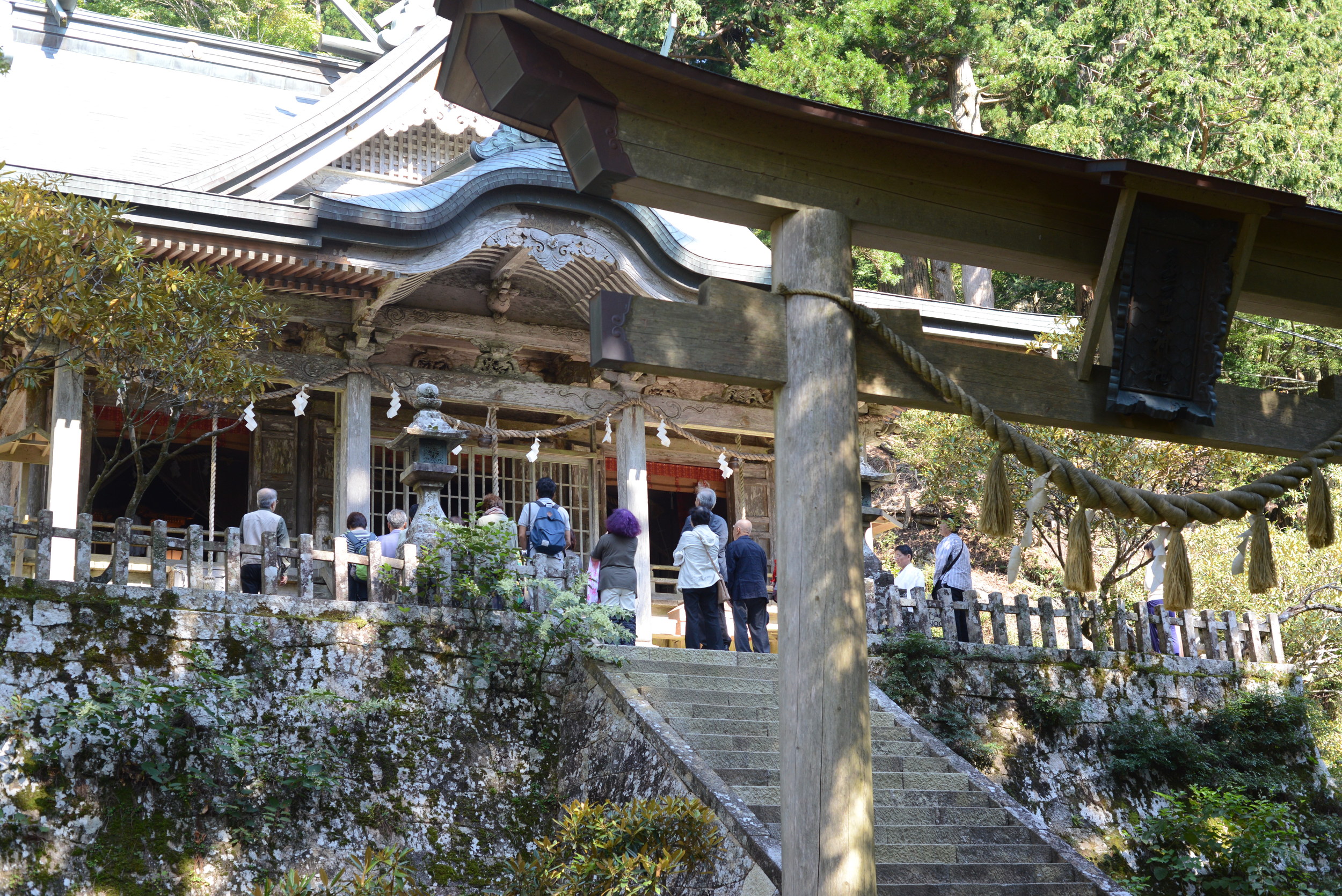
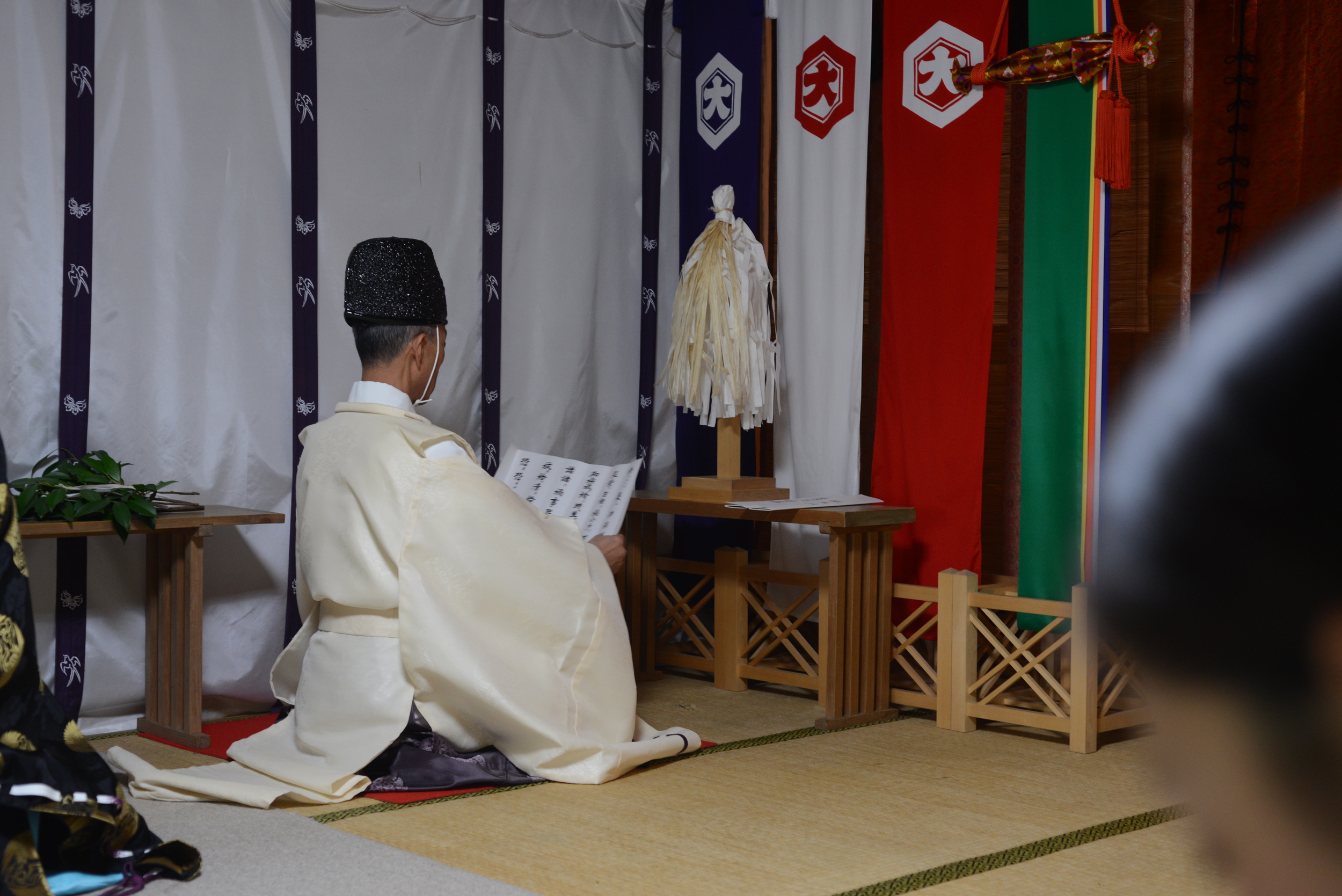
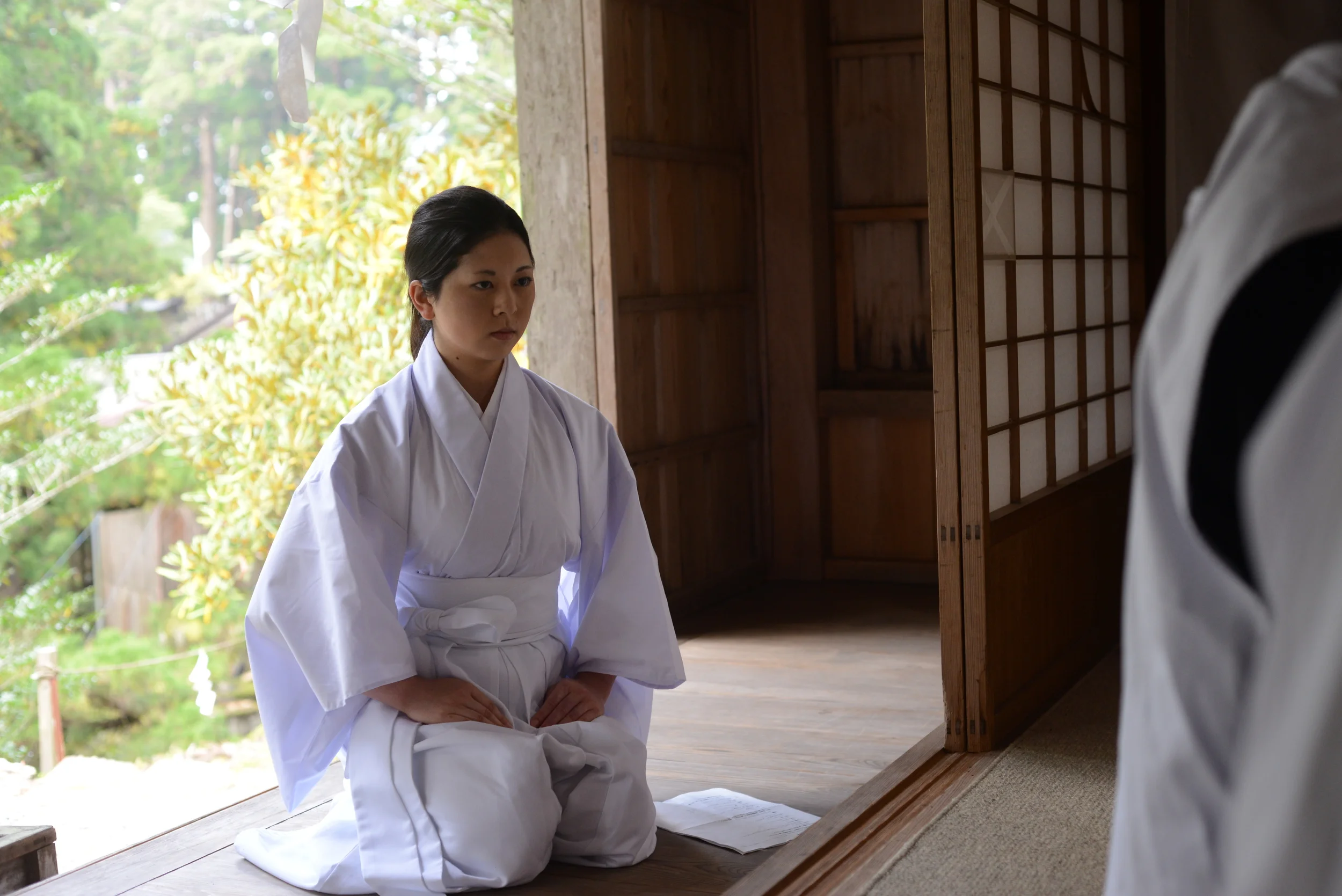
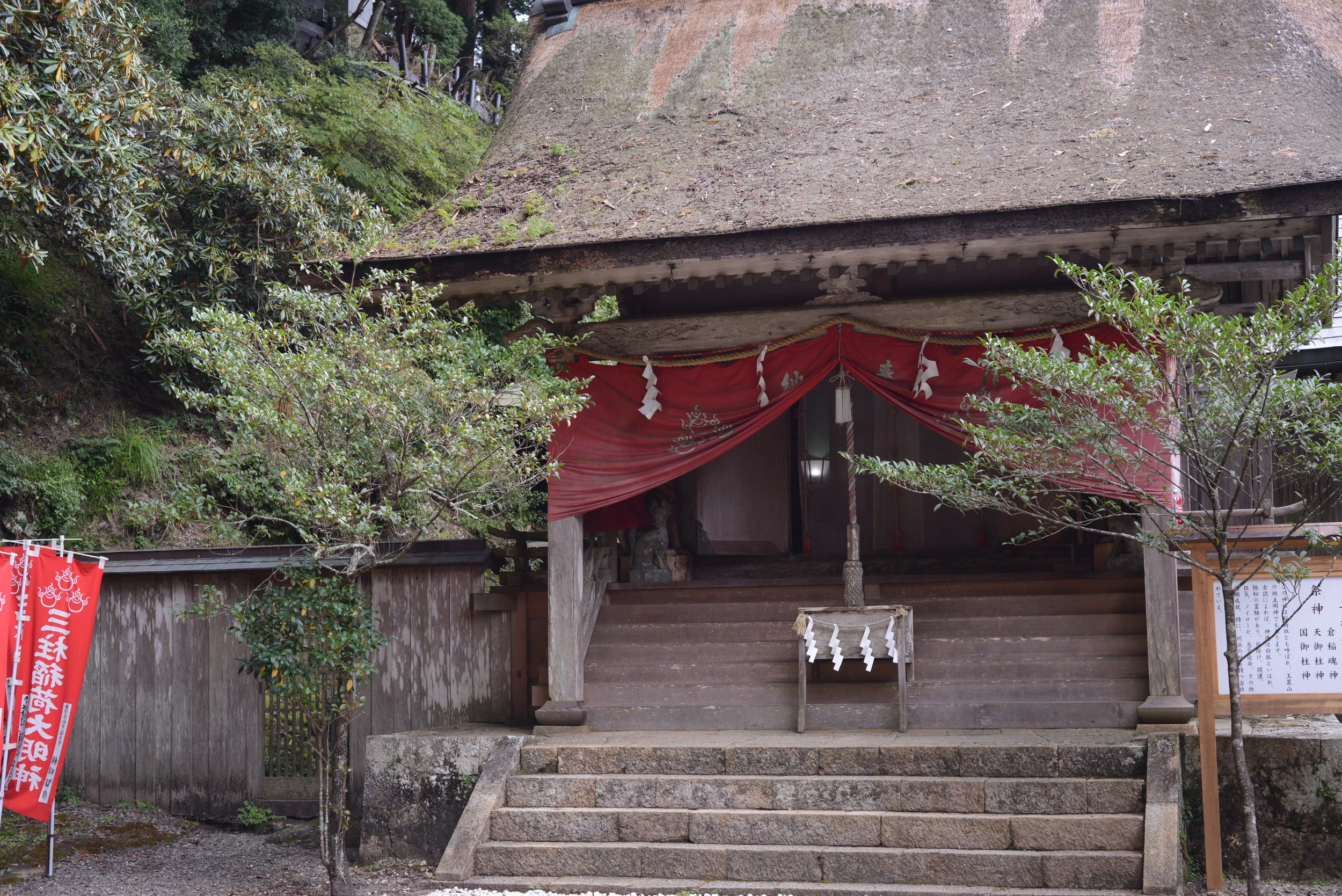


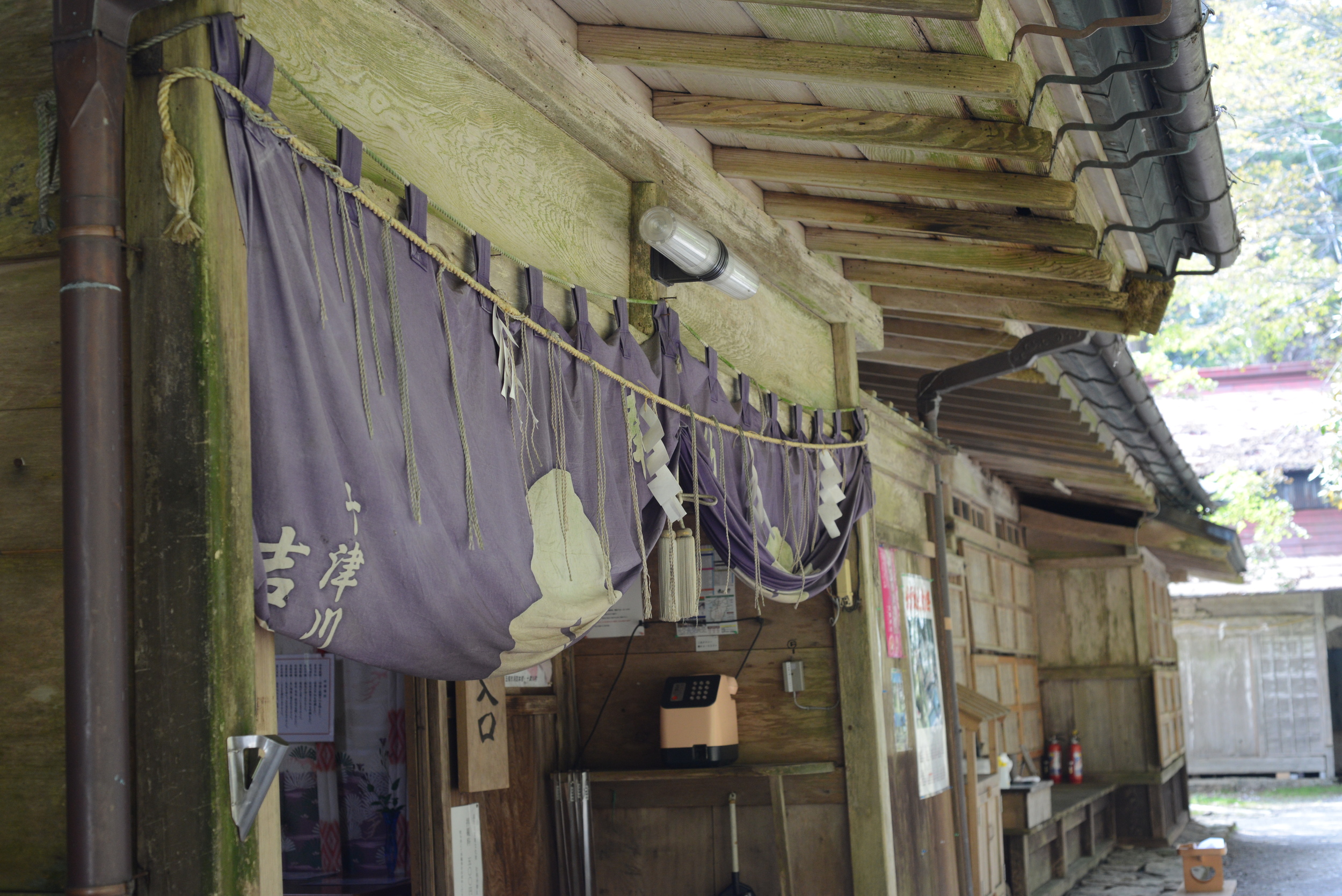
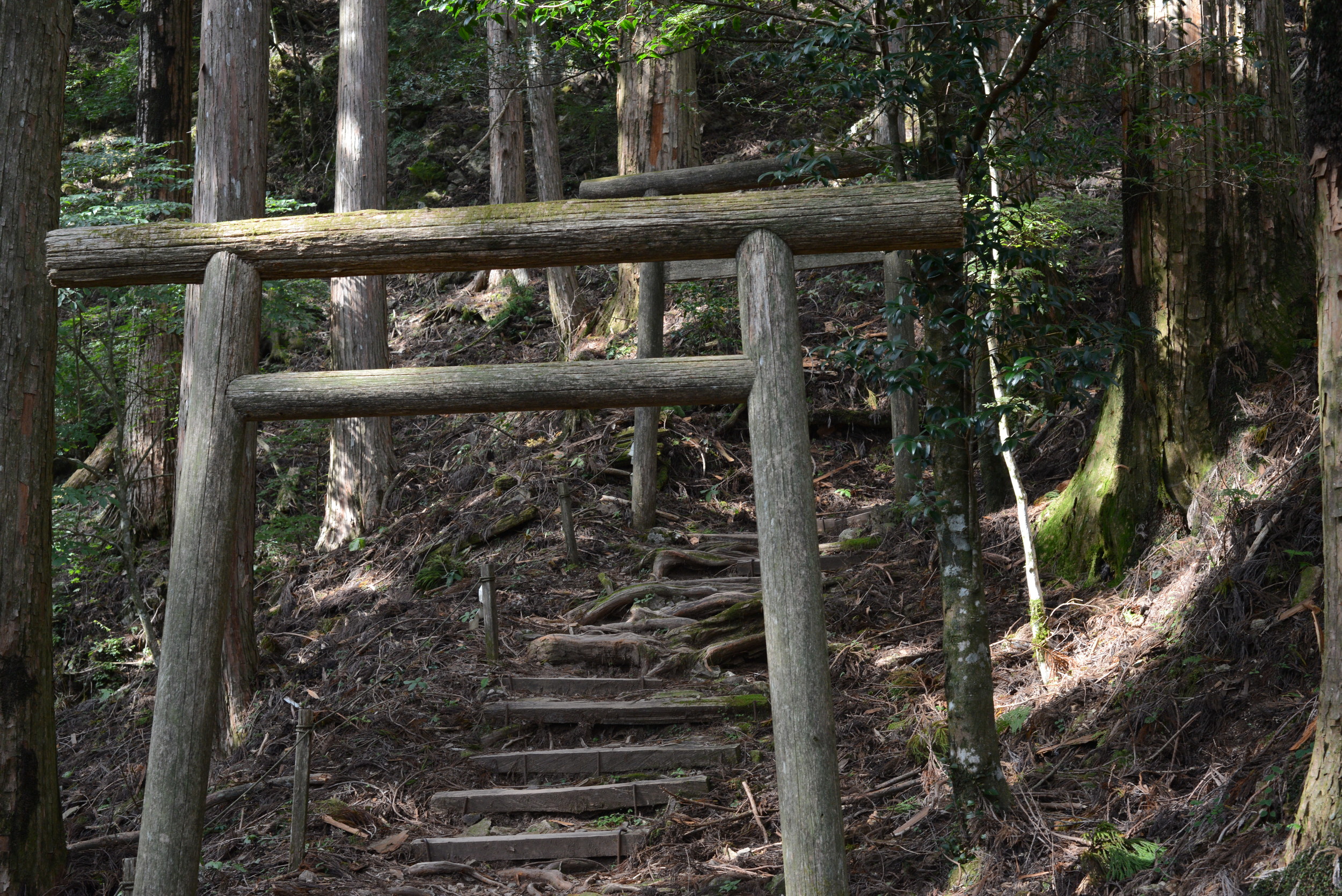
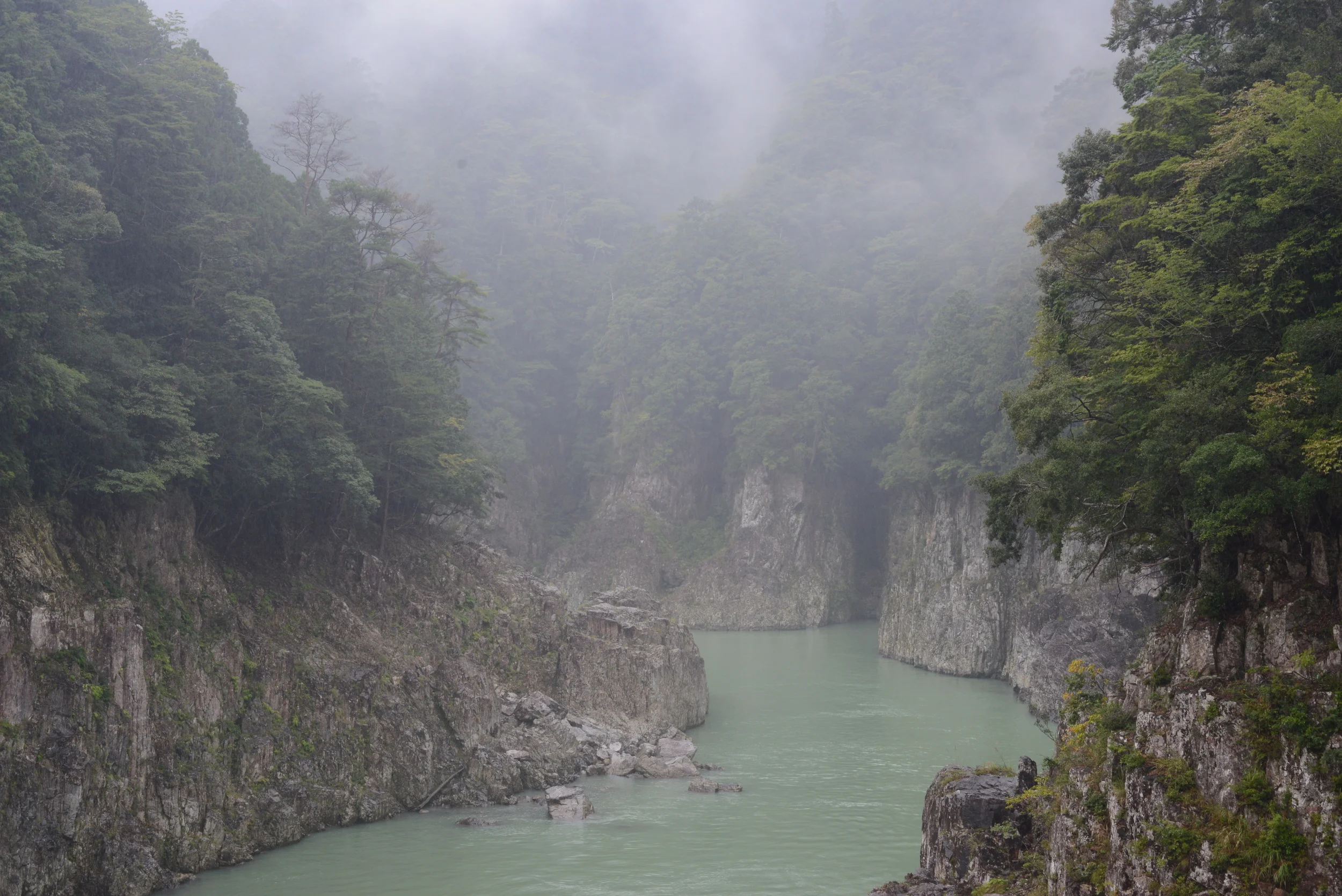
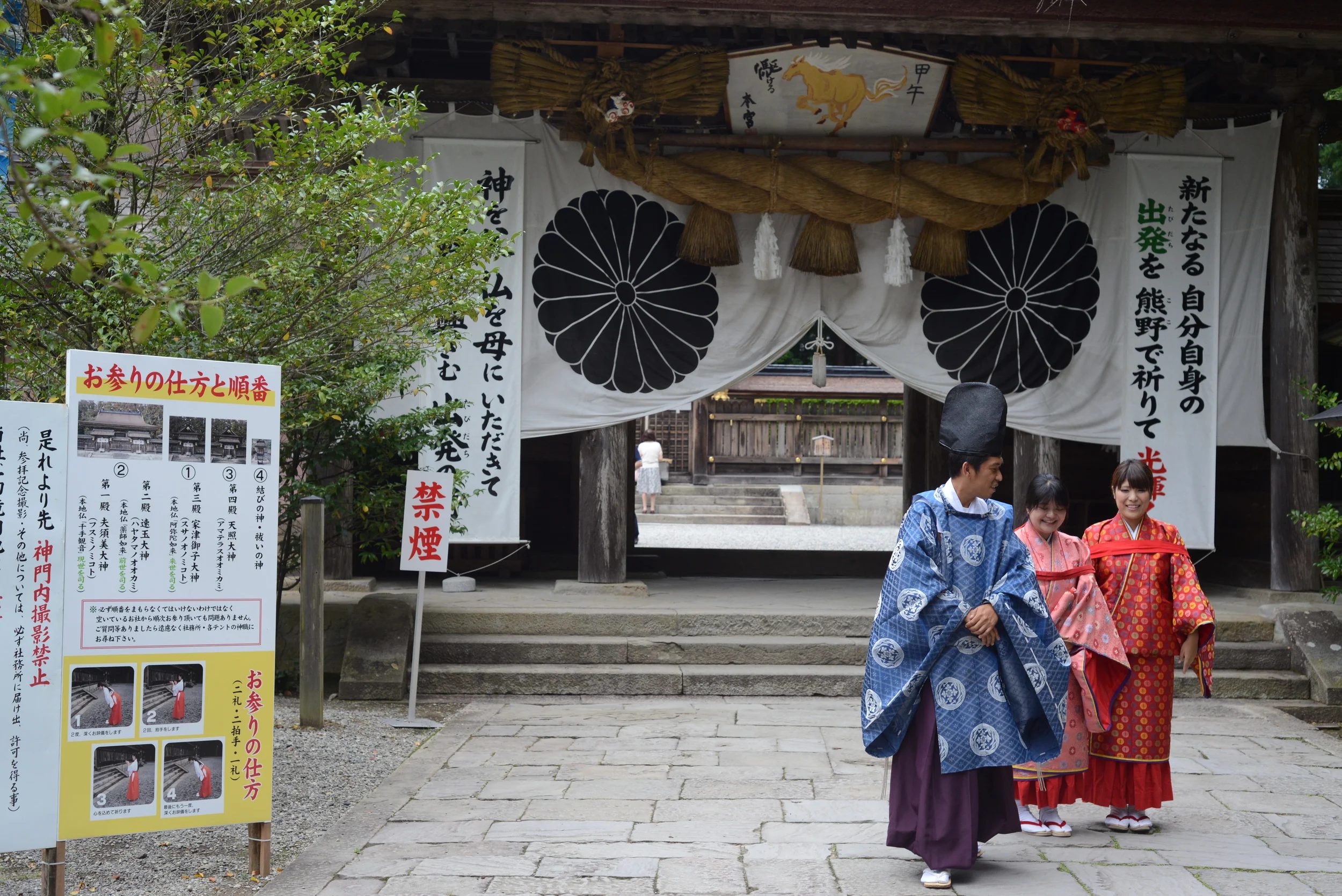
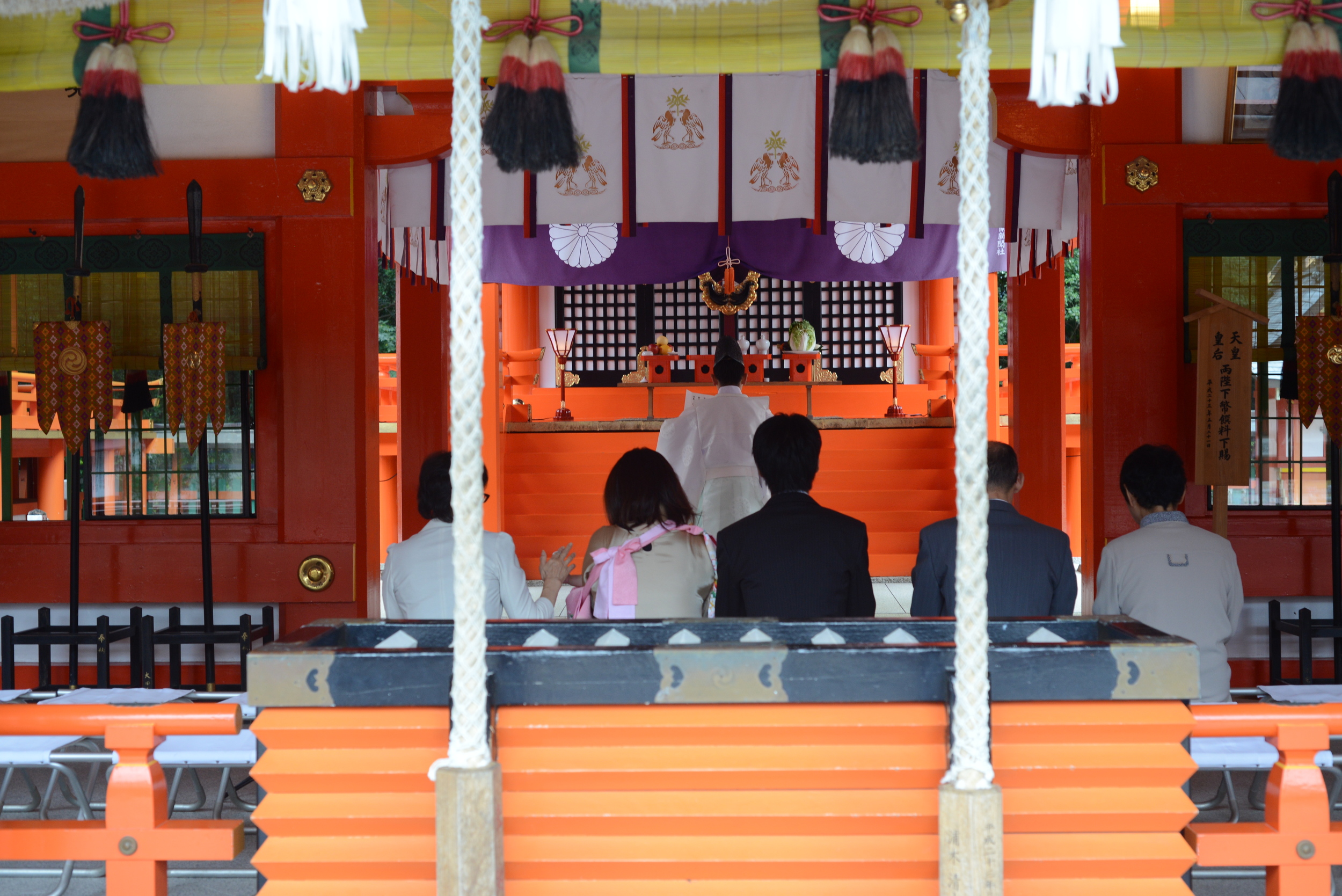
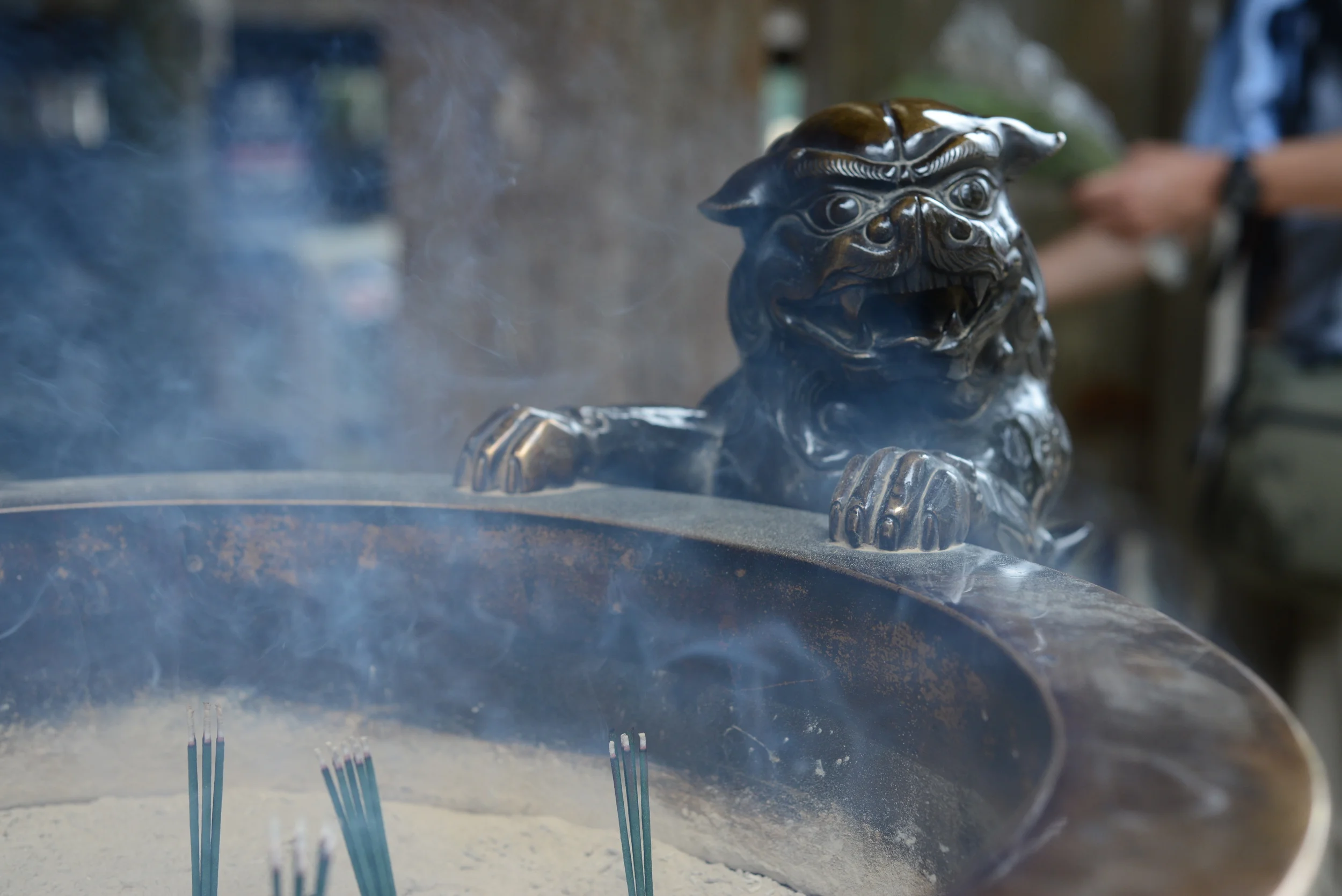
In the footsteps of ancients
Photos and story by Tetsuo Nakahara - Published on Stripes Japan
A hawk glides above Mount Tamaki’s 3,000-year-old cedars as I follow in the footsteps of hundreds of thousands before me who have made the pilgrimage to Tamaki Shrine over the centuries. En route to the Kumano Shrines’ inner sanctum, breathtaking vistas look much as they might have 1,000 years ago.
The ever-evolving technology of big cities may testify to how much things have changed over millennia. But my three-day exchange of hectic Tokyo life for enlightenment on the sacred trails of Japan’s Kii Peninsula may also be a testament to something that remains the same.
We all must pray.
I recently took a trip to Nara Prefecture in the Kumano region. Once called Southern Kansai – comprising Nara, Mie and Wakayama prefectures – this region is famous for the Kumamo Kodo, a network of historic pilgrimage trails that wind for more than 621 miles throughout the peninsula.
My quest? To explore this ancient pilgrimage and the religious culture surrounding it – a unique local blend of Buddhism and Shintoism steeped in a mysterious acetic tradition.
These ancient routes were developed mostly during the Heian Period (794-1185) for pilgrims making their way to Kumamo Sanzan, or the Three Holy Places: The Grand Shrines of Hougu Taisha, Hayatama Taisha and Nachi Taisha, according to the Kumamo and Koya International Guide Association. It is one of only two religious pilgrimage routes designated as a UNESCO World Heritage Site.
Pilgrims once spent more than a month trekking more than 370 miles to these Shinto shrines from Kyoto on trails that snaked through steep mountain terrain. After the trails were reconstructed in 1619, however, the pilgrimage soon became popular with commoners. At its peak, the pastime was nicknamed the “Procession of Ants,” on account of the myriads of people making the journey.
The gist of enduring this arduous journey?
Pilgrims believe that, according to the Kumamo gods, the difficulties you encounter in this life ensure happiness in the next.
I have to give thanks for the modern technology. Paved roads and an automobile allowed me to drive eight hours from Kanagawa to Nara’s Totsukawa Village, instead of having to walk for more than two months.
Totsukawa village is in the center of the Kii Peninsula, which is a perfect place to start exploring the Kumano Kodo and other places on the peninsula. The village is beautiful, with several hotels, hot springs, scenic rivers and picturesque suspension bridges. The locals are very friendly; one even took me fishing.
During my three-day trip, I drove to the Kumamo Sanzan and visited each of the three shrines. If you are in a hurry, you can visit all three in one day by car. Each shrine exudes an air of spirituality. I was impressed by how these huge shrines were constructed in the quiet countryside, millions of people have worshipped at them over the centuries – and that they were still so well maintained to this day (including English translations of signs describing each shrine).
I also had chances to hike some of the mountain trails in the surrounding wilderness where I saw a wild baby boar and monkeys. They were beautiful hikes. But it was Tamaki Shrine which left me the most awestruck.
Built in 37 B.C. by Emperor Sujin, Tamaki Shrine is on one of the Omine Okugake pilgrimage routes at an elevation of 3,534 feet on Mount Tamaki. These days, there is a paved road that you can use to drive to the shine. But up until 40 years ago, treading the steep trails on foot was the only way to get there. You can still hike a small portion of the old trails to the shrine from the parking lot.
The area is virtually untouched by modern mankind, with no houses or buildings in sight.
At Tamaki Shrine, I felt like I was almost in another different world. This is truly a sacred spot.
“People have been visiting this place as the last stop of the Kumamo Sanzan pilgrimage for 1,000 years,” said Suehiko Yuba, the shrine’s chief priest. “We believe that the gods can come to these big trees, rocks or forests – and everything in nature is alive. People used to have ceremonies to invite the gods to these living things.
“People eventually made special places where the gods can stay all the time, and that’s how shrines came about,” Yuba continued. “This shrine enshrines five gods: Kuni-tokotachi-no-mikoto, Izanagi-no-mikoto, Izanami-no-mikoto, Ama-terasu-o-mikami and Kamuyamato-iware-hiko-no-mikoto.”
It is not just the gods an ordinary pilgrims, however, that are drawn Tamaki Shrine.
This ancient shrine is also a mecca for practitioners of “shugendo,” a traditional form of mountain asceticism, according to Yuba. These practitioners, or “shugenjya,” are also called “yamabushi” – or “mountain people.” They frequent the mountainous trails and surrounding areas subjugating their bodies to the elements in various ways on lifelong paths to enlightenment.
Kimpusenji Temple in Nara is one of the most important temples for shugendo. According to its website, this form of asceticism was founded by Enno-gyojya in the 17th century. With origins in animism, this blend of Shinto, Buddhist and Taoist beliefs and practices officially was designated as a branch of Shingon Buddhism, or the Tendai Buddhist sect, by the Tokugawa Shogunate in 1613. But it is an unusual form of Buddhism – even for Japan.
“Shugenjya worship nature. We believe mountains, caves and valleys are made by spirits that guide us toward enlightenment,” said Seitoku Washizu, a monk from Kimpusenji. “So shugenjya go into the mountains and train. There are various ways to train in the mountains and it varies depending on the individual and the place.”
This ascetic training includes fasting, meditation, cold-water river bathing, ceremonies and chanting, Washizu said. At Kimpusenji Temple, visitors who wish to can participate some of this training.
There is also the annual Dainichidoshataisai Festival at Tamaki Shrine, which draws more than a hundred shugenjya and participants every Aug. 8 for a special ceremony in which special prayers to the gods are inscribed on wood then burned while chanting.
“It may seem a little strange that a (Shinto) shrine has a festival for shugenjya which is a form of Buddhism,” said Yuba. “But we have long history in this region in which Buddhism and Shintoism are closely linked. I think no matter if it is Buddhism, Shintoism or Christianity, the goal is all same. So we welcome anyone here.”
I really felt the closeness of these two faiths in this region where the pristine countryside does seem to take on a far more spiritual dimension than the big city – and ancient Japanese beliefs are alive and well. Maybe next time I’ll take a couple of weeks to walk those ancient trails in search of enlightenment.
KUMANO SANZAN
Kumano Hongu Taisha
The head shrine of more than 3,000 Kumamo shrines across Japan, Kumano Hongu Taisha was relocated after the flood of 1889. The surviving upper three buildings of four shrines were moved to its current location. A long stone staircase leads to the sacred grounds. Don’t forget to visit Oyunohara, the original site. The entrance is marked by the largest Torii gate in the world – about 111 feet tall and 137 feet wide.
Hayatama Taisha
Located at the mouth of the Kumano River, this shrine was built for the deity, Hayatamanokami. The property of shrine is huge and includes a sacred Nagi tree that is about 800 years old. It is a designated natural monument. There is also a shrine called Kamikura jinjya halfway up the south side of Mount Gongen, which enshrines a huge rock called Gotobikiiwa. According to lore, it is where a god first descended. There also is a small nostalgic shopping street nearby where you can buy souvenirs and snacks. It’s a good place for lunch break. Kobaido, a cake shop, outside of Hayatama Taisha has great pound cake for souvenirs.
Nachi Taisha
Halfway up the more than 1,000-foot-high Mount Nachi, this shrine’s origin is in the ancient worship of a Nachi-no-Otaki Waterfall. You can see the 436-foot-high, 43-foot wide fall from here. It is the biggest waterfall in Japan. It takes about 20 minutes to climb the steep stairs to the main shrine from the parking lot. Seigantoji, a Buddhist temple, sits next to Nachi Taisha. The beautiful three-story pagoda is also where you can take a photo with both the pagoda and waterfall as a backdrop.
- See more at: http://japan.stripes.com/travel/footsteps-ancients#sthash.52MeXURq.dpuf
